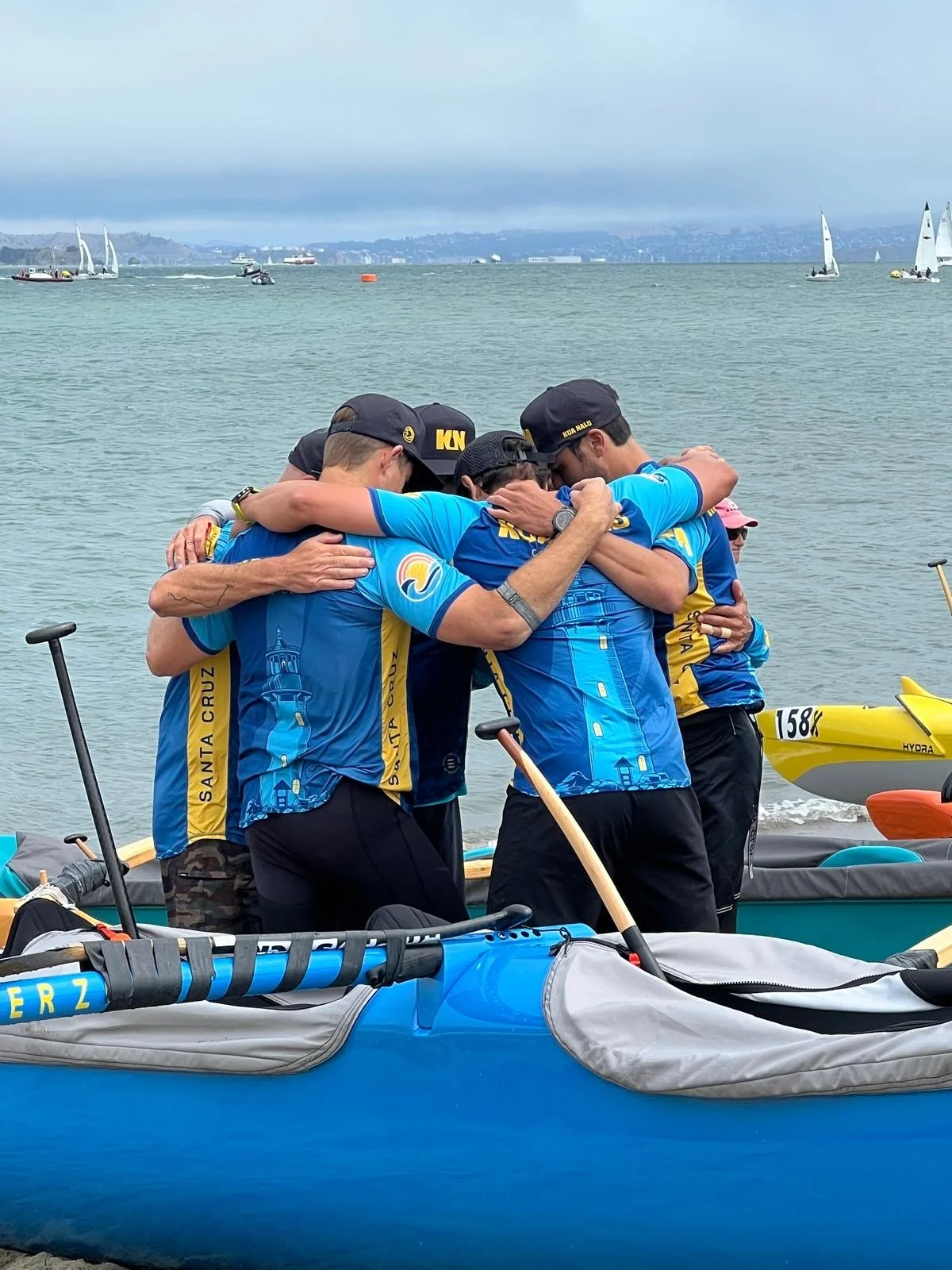Outrigger canoe Safety
Outrigger canoe safety involves several key areas: equipment checks, personal preparedness, and awareness of environmental conditions. Proper rigging, having necessary safety gear like bailers and PFDs, and understanding how to respond to capsize situations are crucial. Additionally, knowing how to dress for the weather, stay hydrated, and be aware of potential hazards like cold water and strong currents is essential for a safe paddling experience.
Equipment Checks:
Rigging: Before each outing, thoroughly inspect the canoe's rigging, including ropes and iako (outrigger supports), ensuring they are tight and in good condition.
Bailers: Have at least two bailers per canoe and ensure they are secured within reach.
PFDs: Personal Flotation Devices (life jackets) are crucial. Every paddler should have one, and those who are not strong swimmers or under 13 years old should wear them at all times.
Drybag Safety Kit: Equip the canoe with a drybag containing a VHF radio and other essentials.
Loose Objects: Secure all loose items like keys, phones, and water bottles in mesh or dry bags to prevent loss in case of a capsize.
Spare Paddle: Carry a spare paddle, especially when paddling offshore.
Personal Preparedness:
Swimming Ability: Know how to swim and be prepared to tread water for a reasonable amount of time. If not confident, wear a PFD.
Dress Appropriately: Dress in layers, including water-repellent clothing, and consider footwear that can get wet.
Sun Protection: Apply sunscreen, wear a hat and sunglasses, especially on sunny days.
Hydration and Nutrition: Bring water and a snack, especially for longer paddles.
Huli Drills: Practice capsize drills and re-entry techniques with your crew.
Environmental Awareness:
Weather Conditions:
Check weather forecasts, wind speed, wave conditions, and tides before heading out.
Water Temperature:
Be aware of the water temperature and dress accordingly, especially in cold conditions.
Location:
Know your approximate location and be aware of any potential hazards in the area.
Never Paddle Alone:
Beginners should paddle with experienced paddlers or under the guidance of a coach.
General Safety Guidelines:
Steersperson's Responsibility:
The steersperson is ultimately responsible for evaluating conditions and making decisions about the route and safety.
Crew Communication:
Crew members should communicate any concerns about the conditions to the steersperson.
Emergency Procedures:
Know how to respond to a capsize, including how to re-enter the canoe.
Cold Weather Precautions:
Be extra cautious in cold weather, as fiberglass canoes can become more fragile.
Visibility:
In low visibility conditions (fog, darkness), take extra precautions and consider suspending paddling.

